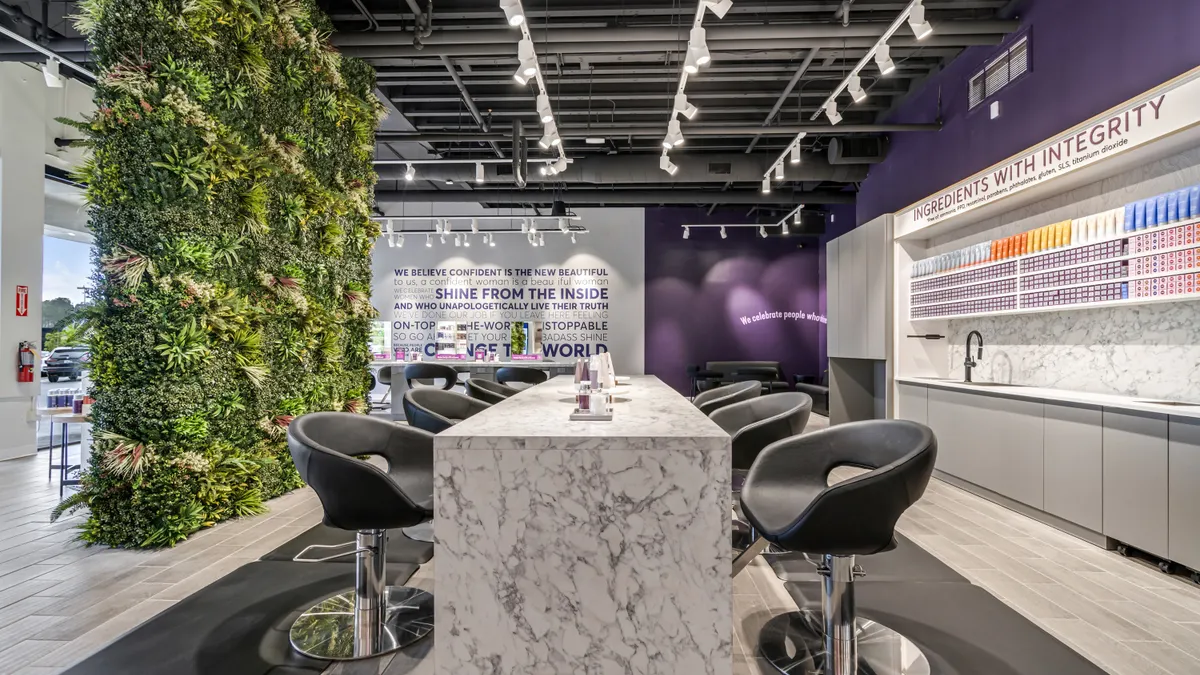An estimated 1.3 billion people have disabilities worldwide, but businesses have been behind in offering accessible digital experiences.
That’s beginning to change. Nearly 3 in 5 organizations have a top-down commitment to create accessible experiences and are following through on that pledge, according to Gina Bhawalkar, a principal analyst at Forrester. The analyst firm expects that number to grow as compliance deadlines for the European Accessibility Act approach in 2025.
While largely fueled by enterprise commitments to diversity, equity and inclusion, as well as a desire to be compliant with regulations, organizations are also recognizing the business case for offering accessible experiences.
“Accessibility isn’t just the right thing to do, it’s the smart thing to do,” Bhawalkar said. “It’s a smart business decision to put accessibility at the center of your business.”
By offering accessible digital experiences, businesses can grow revenue, reduce costs, increase resilience and build trust. It’s also essential to any customer-obsessed business, according to Forrester.
“If you want to become a customer-obsessed business, that means obsessing about all of your customers, including your customers with disabilities,” Bhawalkar said. “Customer experience leaders have a critical role to play in evangelizing accessibility, raising awareness of accessibility across the company, helping illuminate the stories of how customers are impacted when experiences aren't accessible and then the positive stories when they are.”
By investing in accessible experiences, CX leaders can tap into new markets, too.
More than 9 in 10 respondents said it is important that the businesses they engage with prioritize accessible digital experiences, according to an Acquia survey conducted by Researchscape of nearly 1,300 adults with disabilities, released Thursday.
They’re not afraid to take their money elsewhere either. More than 3 in 5 users with disabilities say they would consider changing businesses if they face persistent accessibility challenges with a particular brand’s digital platform, and 2 in 5 said they would simply discontinue use of the brand’s services.
Brands recognize it’s a growing demographic, especially as consumers get older.
“Our population is aging very rapidly,” Bhawalkar said. “So by making your experiences accessible, you are not only making them accessible for people with disabilities now, but for people who will acquire disabilities as a result of the aging process.”
Businesses that are already offering accessible experiences will be more resilient, she said.
Embedding accessibility in the design process
By embedding accessibility in the design process, businesses come out with a better product for everyone and reduce costs.
Return on Disability Group — which helps businesses improve products, customer experience and recruitment for people with disabilities — doesn’t focus on regulatory standards, but instead focuses on helping companies create great experiences, according to Mark Winward, managing director of research.
“Finding ways to make something simpler, more effective, easier to communicate and so forth” helps not just customers with disabilities, but other customers as well, he said.
Winward points to speech recognition software, which led to Apple’s Siri, as an example. “It comes from that idea of accessibility, but has much larger downstream implications,” he said.
Speech recognition software began with the question: “How do you get somebody that can't see to interface with technology or somebody that has limited use of their hands?” he said.
Siri became a success not only among that demographic, but a broader population, too.
“It's also the thing that lets me send text messages while I'm driving without crashing into everything around me,” Winward said.
Like Bhawalkar, Winward sees companies fall short when they focus on compliance instead of creating a great experience.
“Companies that are driven by regulation tend to fall far short of creating the experience they could because they see this as more of a checkbox exercise than a market opportunity,” Winward said.
And customers with disabilities notice. Almost half of respondents said the accessibility issues they encounter on digital platforms are “very” or “extremely” frustrating, the Acquia study found. A third of respondents believe companies do the basics of accessibility to check the regulatory compliance box.










